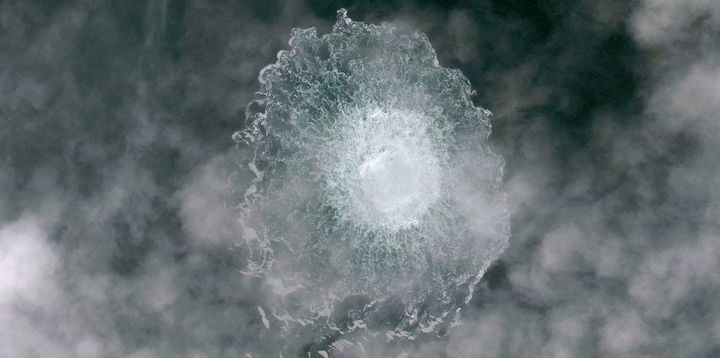Three explosions last September on the Nord Stream gas pipeline system near the Danish island of Bornholm sent shock waves across Europe, including through the governments and oil and gas companies that have to worry about potential security vulnerabilities in the North Sea’s offshore infrastructure, including thousands of kilometres of subsea pipelines and cables.
Failure to find the culprit has led to widespread speculation about the origins of the attack, and official investigations in Denmark, Sweden and Germany are yet to dispel the uncertainty that inevitably foments speculation.
The Russians led the way first accusing the British Royal Navy, but veteran US journalist Seymour Hersh caused a stir in February when he self-published a lengthy article online alleging that the attack was the work of US government operatives working in tandem with the Norwegian military — an accusation eagerly embraced in Moscow.
Moscow used the report to make demands for a UN-led inquiry into the Nord Stream explosions, alleging that ongoing inquiries by Denmark, Germany and Sweden lacked integrity and transparency.
This week, the New York Times, followed by three German news outlets and British media, published reports offering a different account of the Nord Stream incident, suggesting the bomb attacks were the work of a pro-Ukrainian group acting on its own initiative and without any co-ordination with President Volodymyr Zelensky, or Ukrainian intelligence services.
Article continues below the advert
The reports, citing unnamed intelligence sources, stated that a group of six people carrying forged passports rented a 16-metre long holiday yacht from the port of Rostock in Germany in early September.
Two of the alleged perpetrators were professional divers who attached estimated 450 kilograms of explosives to the subsea pipelines, presumed to be the sort of cumulative explosive charges that are sometimes used by the oil and gas industry.
Reports also suggested a link of the group to a prominent Ukrainian businessman who was not identified.
No substance
However, open-source intelligence (Osint) analysts have offered some insights and also cast doubt on both hypotheses.
The stories published this week withheld the name of the yacht supposedly hired by the pro-Ukrainian group.
Denmark-based Osint analyst Oliver Alexander said in social media posts that there is no “real substance in recent articles that brings us measurably closer to knowing the truth about what happened”.
Alexander and another Osint researcher, Aric Toler, at independent investigative group Bellingcat, suggest the vessel is very likely one belonging to Germany’s Mola Yachting — the Bavaria Cruiser 50 class Andromeda, which is stationed in the port of Rostock.
“Even with a small amount of explosives, performing several technical dives to 80 metres from a yacht like Andromeda would be very difficult,” Alexander wrote in a recent blog post.
Alexander said events depicted by Hersh contradict publicly available historic data on the movement of vessels near Bornholm and also contains factual errors and meaningless details.
Alexander had also highlighted major holes in Hersh’s US-Norway argument, saying the line of events he depicts contradicts publicly available historic data on the movement of vessels near Bornholm and also contains factual errors and meaningless details.
Tanker at accident site
Alexander also suggested the yacht could easily have been spotted from the oil and chemical tanker Minerva Julie between 6 and 13 September last year, when the reports say the divers planted charges on the pipelines.
Marine traffic information, he said, has shown the Minerva Julie making numerous unexplained circles to the north-east of Bornholm around the incident site during the period when the yacht was supposedly there.
However, media reports have made no mention of another vessel in the area at the time of the alleged charge-planting operation.
“Quite the coincidence for Minerva Julie, with links to Russia, to suspiciously circle the site at the exact same time as a pro-Ukrainian group decides to plant explosives on the pipes,” Alexander said.
The two Nord Stream 1 charges were six kilometres apart with the third charge, targeting Nord Stream 2, detonating some 80 kilometres away.
Alexander argued that a “small non-government operation would also be more inclined to place the charges closer together” on the pipelines “as this is easier”.
Speaking earlier this week in Moscow, Russian presidential spokesperson Dmitry Peskov told the state RIA news agency that he viewed the latest media reports as an attempt to divert attention from Russian accusations against the US.
“The very least that the Nord Stream shareholder countries and the UN must demand is an urgent, transparent investigation with the participation of everyone who can shed light,” he said.

